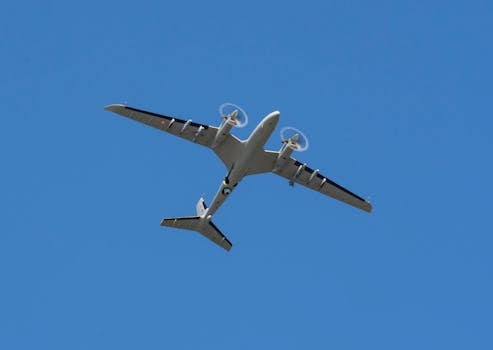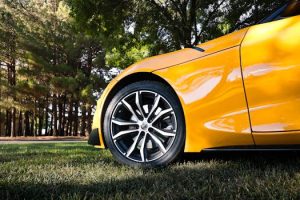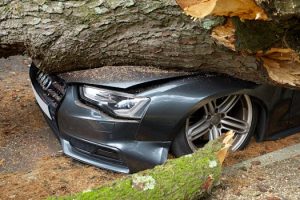Autonomous Vehicle Liability: Navigating Driverless Accidents
Autonomous vehicles, also known as driverless cars, have been the subject of much excitement and speculation in recent years. With the promise of increased safety, convenience, and efficiency, it’s no surprise that the idea of cars that can drive themselves has captured the public’s imagination. However, as with any new technology, there are also concerns and questions surrounding autonomous vehicles. One of the most pressing issues is that of liability in the event of an accident involving a driverless car. In this article, we will delve into the complexities of autonomous vehicle liability and discuss how it can be navigated in the event of a driverless accident.
Understanding Autonomous Vehicle Liability
The concept of who is at fault in an accident involving a driverless car is a complex one. In traditional car accidents, liability is typically determined by the actions of the driver. However, in the case of autonomous vehicles, the driver is not actively operating the vehicle, making it difficult to assign blame. Is the responsibility solely on the manufacturer of the autonomous vehicle? Or is the “driver” still liable in some capacity?
In addition to these questions, there are also concerns about the technology itself. As with any new system, there is always the possibility of malfunctions or errors that could lead to accidents. Who would be held responsible in these situations? The manufacturer of the technology or the owner of the car?
Another factor to consider is the level of autonomy in the vehicle. Some autonomous vehicles still require human intervention, while others are completely self-driving. This can also affect the determination of liability in the event of an accident.
Navigating the Legal Landscape
The current legal landscape surrounding autonomous vehicles is still in its early stages and continues to evolve as the technology becomes more prevalent. However, there are some key aspects to consider when navigating the issue of liability in the event of a driverless accident.
Product Liability Laws
In the case of an accident caused by a malfunction or error in the technology, product liability laws may come into play. These laws hold manufacturers accountable for any defects or malfunctions in their products that result in harm or damage. In the case of driverless cars, the manufacturer of the autonomous technology may be held liable for any accidents caused by a malfunction in their system.
Driverless Car Insurance
Another important factor to consider is insurance coverage for driverless cars. As the technology is still relatively new, there are not yet standardized insurance policies for autonomous vehicles. It’s essential for owners of driverless cars to carefully review their insurance policies and make sure they are adequately covered in the event of an accident.
Regulatory Guidelines
As the use of autonomous vehicles becomes more widespread, there will likely be stricter regulations in place to ensure the safety of both drivers and pedestrians. These regulations will likely play a significant role in determining liability in the event of an accident involving an autonomous vehicle.
The Role of the “Driver”
Another crucial factor in determining liability in an accident involving a driverless car is the role of the “driver”. In traditional car accidents, the driver is responsible for operating the vehicle safely and following traffic laws. However, in the case of autonomous vehicles, the “driver” is not actively controlling the car. This raises the question of whether the human occupant in the vehicle should still be held accountable for the actions of the car.
Some argue that in fully autonomous vehicles, the “driver” is essentially a passenger and should not be held liable for any accidents. Others argue that the passenger should still be responsible for the vehicle’s actions, especially in cases where human intervention is required. Ultimately, the determination of the “driver’s” role in autonomous vehicle accidents will likely be decided on a case-by-case basis.
Conclusion
As the use of autonomous vehicles becomes more widespread, the issue of liability in the event of an accident involving a driverless car will continue to be a topic of discussion. While there are still many complexities and uncertainties surrounding this issue, it’s essential for manufacturers, regulators, and insurance companies to work together to establish clear guidelines and protocols for addressing liability in driverless accidents. As with any new technology, it will take time and careful consideration to navigate the legal landscape of autonomous vehicle liability successfully.









